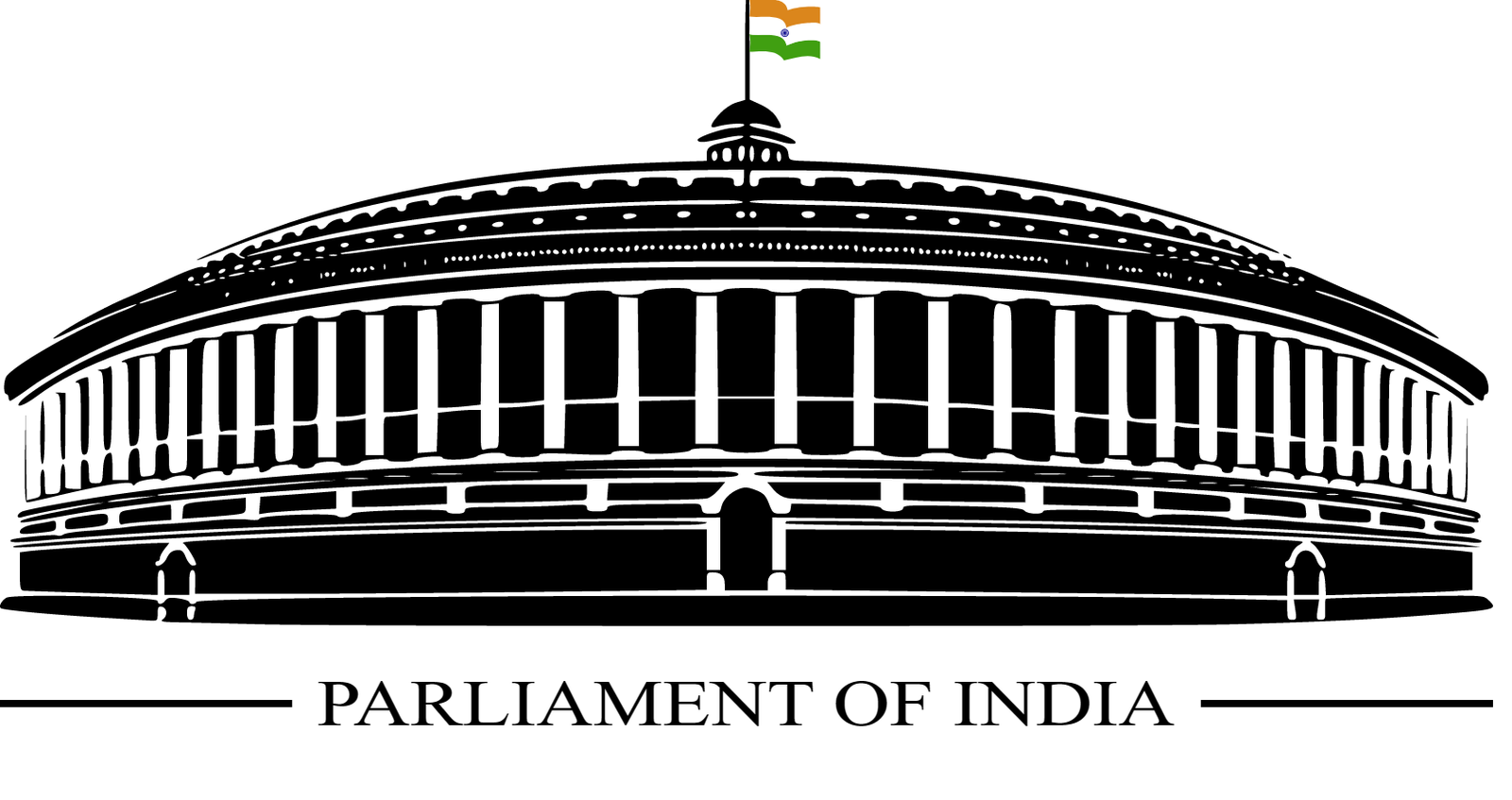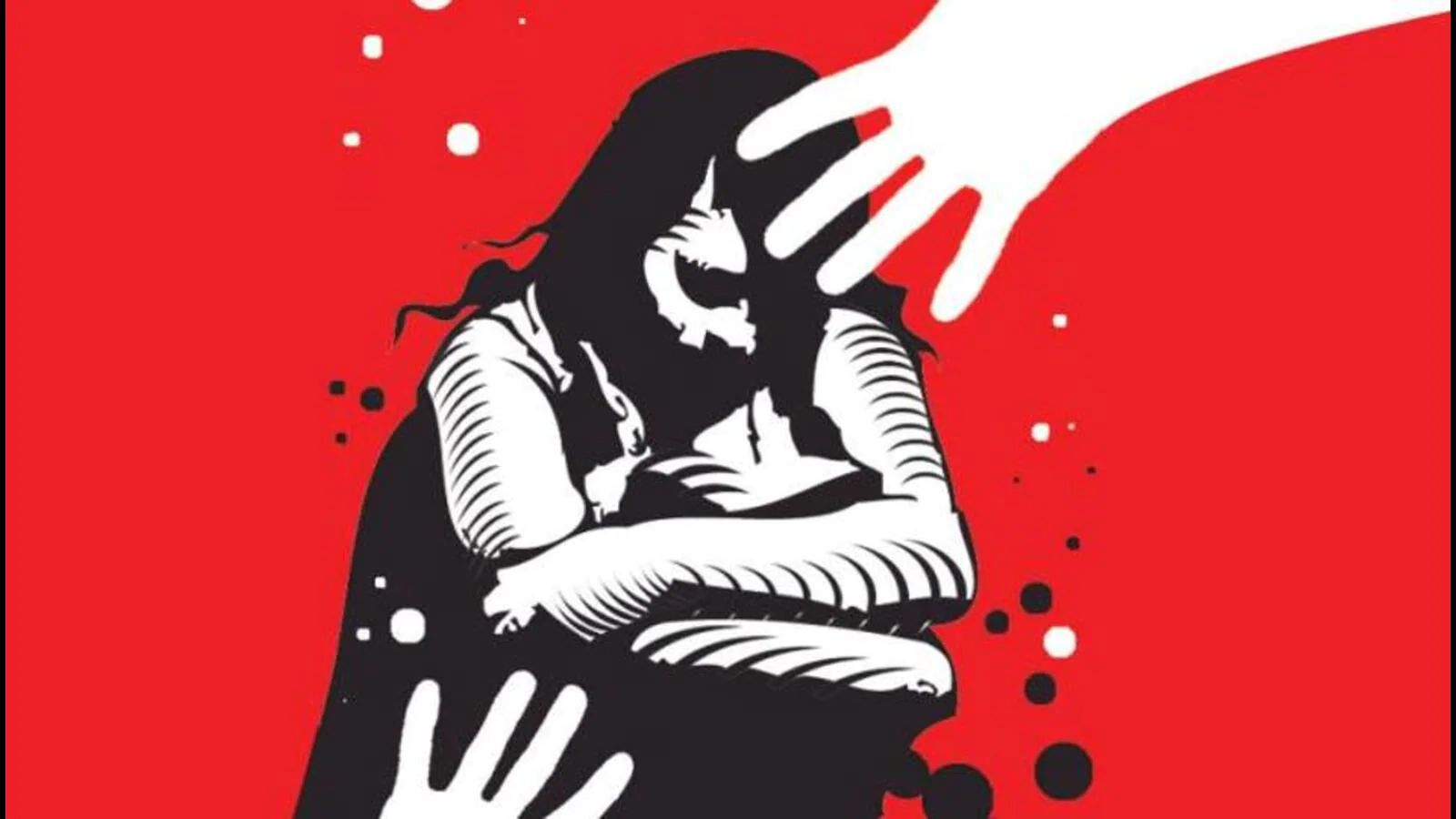The Indian legal system defines a bill as a draught statute that, after being approved by both Houses of Parliament and the President, becomes a law.
The process of enacting laws in India involves the following steps:
- Initiation of the process: A bill can be introduced in either the Lok Sabha (House of the People) or the Rajya Sabha (Council of States) by a member of Parliament or by the Government.
- First Reading: The bill is introduced and read for the first time in either house of the Parliament.
- Reference to the Standing Committee: The bill is referred to a standing committee for scrutiny and to make recommendations, if required.
- Second Reading: After consideration by the standing committee, the bill is taken up for discussion in the house.
- Vote on the bill: After discussion, the house votes on the bill.
- Passage of the bill: If the bill is passed by a majority of the members present and voting, it is sent to the other house for consideration.
- Consideration by the other house: The bill is taken up for discussion in the other house and is voted upon.
- Reconciliation: If there are differences between the two houses, a joint committee is constituted to reconcile the differences.
- Assent of the President: If the bill is passed by both houses of the Parliament, it is sent to the President for his/her assent. The President can either sign the bill and give his assent, or he can return the bill for reconsideration, or he can withhold his assent.
- Notification and Publication: If the President gives his/her assent, the bill becomes an Act and is notified in the Official Gazette.
- Commencement: The Act comes into force on a date specified in the Act or on the date of its publication in the Official Gazette, whichever is later.
This process applies to both Central and State legislation. However, in case of money bills, the Rajya Sabha can only make recommendations and the Lok Sabha has the final say in the passage of the bill.
Additional info:
- A bill is the draft of a legislative proposal.
- Each House of Parliament must give each bill three readings.
- The vice president shouldn’t allow the passage of constitutional modifications through regular legislation.
- The vice president shall review each bill that the Rajya Sabha is to consider to ensure that it complies with all constitutional requirements and procedures.
- The Gazette of India publishes a bill after it has been introduced. A bill may be published in the Gazette even before it is introduced, with the speaker’s consent. In these situations, the house is not given permission to bring the measure before it is introduced. The speaker of the Lok Sabha, the chairman of the Rajya Sabha, or anybody acting on their behalf, may refer a bill to the relevant standing committee for review and to make a report on it once the measure has been tabled. If a measure is sent to a standing committee, the committee must take into account the general ideas and provisions of the bill and submit a report.
Note: Soon, we’ll be providing explainers on the subject. Explainers may make the procedure simple to grasp.
Image credit: By Suthir – Own work, CC BY-SA 4.0, https://commons.wikimedia.org/w/index.php?curid=53025461



